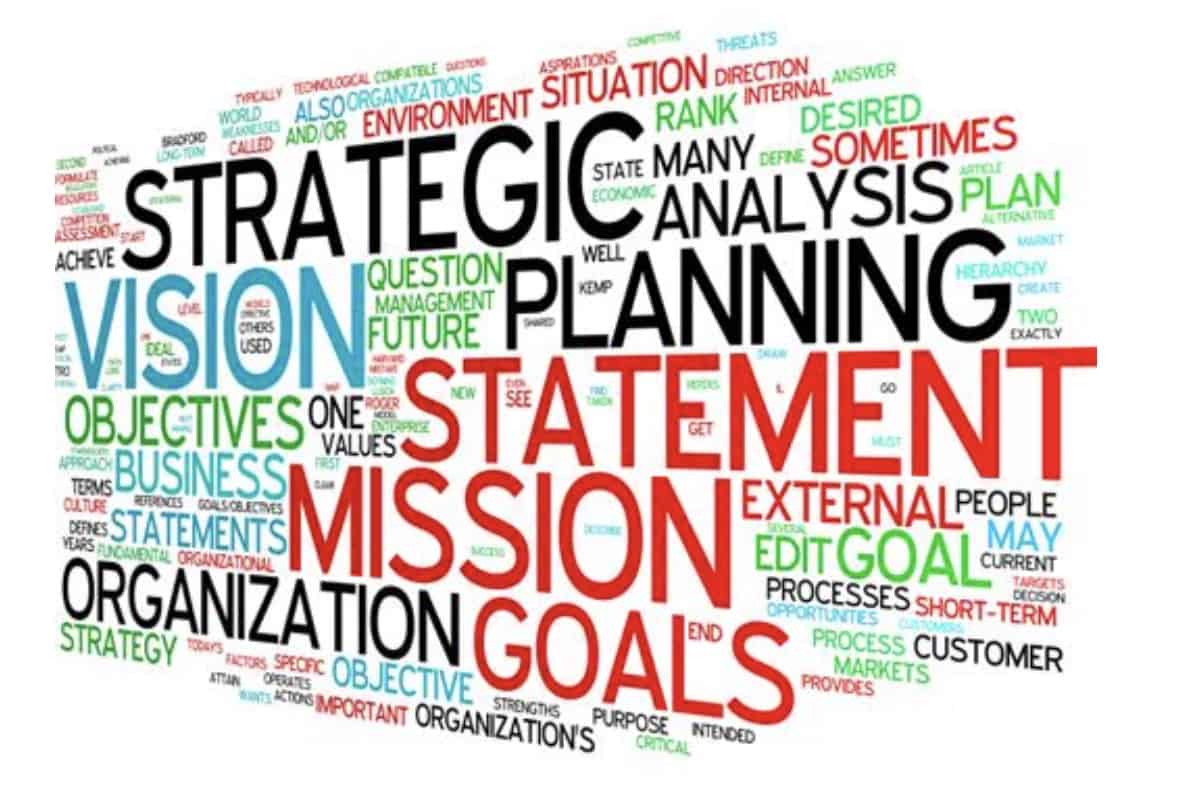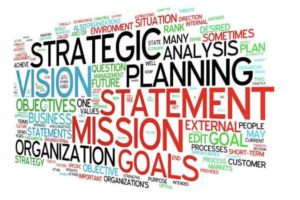In 2018, the Family First Prevention Services Act (FFPSA) mandated that Qualified Residential Treatment Programs (QRTPs), in part, must be licensed by their state and achieve national accreditation to receive Title IV-E funds following the initial two weeks after a child enters their care.[1] The time originally allocated to submit program plans was two years with the potential for taking a two year delay.
Although agencies and states have evolved in their understanding and communication of many aspects of the federal bill, presently only twelve states, plus the District of Columbia and two tribes have submitted Title IV-E Prevention Program plans, which indicates when the state intends to implement FFPSA. Additionally, we now find ourselves just one year out from the final implementation deadline of October 1, 2021.
From an agency accreditation perspective – this means that while there is still time to become accredited, it will need to be done with a consistent effort, focus on efficiency, and a continuous eye on timing.
In general, it takes 12 to 18 months to prepare for national accreditation; depending on the original state of readiness and the accrediting body selected. If you have not yet discussed the subject within your organization, now is the time. Below, we have compiled some facts and important steps you can and should be taking now if you wish to become a QRTP.
FACT: TIMING IS EVERYTHING: This is a crucial piece to understand and communicate within the organization. When an agency’s board and staff understand the time constraints that you are working within – the probability of quicker responses, approvals and/or comments will increase.
Important Steps
Select an Accrediting Body –The accrediting bodies approved under FFPSA are: CARF International (http://carf.org), Council on Accreditation (COA) (https://coanet.org/) , The Joint Commission (https://www.jointcommission.org/), or other accrediting bodies approved by the Department of Health and Human Services (HHS).[2] We have a helpful chart that compares the three accrediting bodies. Contact us for that and/or for input on which accrediting body would be best suited for your organizations’ needs.
Know Your Baseline – Benchmarking your organizational starting point against the expectations of accreditation will allow you to focus more time on the less developed aspects of your plan. It will also help anyone who is working with you to start with this information and move you forward from there, rather than taking the time to fact find on your behalf. One way to establish your readiness for accreditation is to take our Free Readiness Assessment.
FACT: BUDGETING NOW WILL SAVE TIME LATER: Plan now to secure budgetary allocation with the board’s approval for the entire amount ahead of time. As the process can take a year or more to complete; accreditation could theoretically be spread over two budget cycles and you may be tempted to push off getting part of the total spending approved until the second budget cycle. However, this simple task can literally add weeks to the project – when you need to stop for approvals and get payments routed for signatures before proceeding to next steps.
Important Steps:
Include Benefits in the Proposal: You are already aware of the importance of understanding all accreditation costs up front, but clearly identifying and including the benefits to the expenditure in your proposal when routing to key decision makers is also crucial. To ensure you have a clear outline of benefits of accreditation, you can review our articles, blog posts and videos that can help clarify the points that make the most sense for your organization. Go here and type in “benefits” in the search area to pull up relevant info.
FACT: BOARD AND STAFF BUY-IN IS KEY: Preparing staff and board members for the accreditation process is one of the most overlooked but (in our experience) one of THE most valuable investments you can make prior to starting the process. Organizations often think that one person will lead the charge on finding a team and holding the team accountable to the tasks at hand. But this is often done at the expense of day-to-day responsibilities. By clarifying not only what the accreditation process entails but why it is happening – more people will have a sense of the timeliness involved and be motivated to help.
Important Steps:
Plan for Getting Buy-in as an Event. Appointing one person, or team of individuals (perhaps an accreditation communications committee) to be the accreditation point of contact for agency staff and other stakeholders can assist in making the accreditation process an enjoyable one for all. Allowing a bit of latitude can be beneficial and a bit of fun, for example, kick-off events, holding an accreditation fair to exhibit new accreditation policies and procedures to one another, trivia contests, accreditation field days, team picnics, etc. There are people who enjoy accreditation, so find them and utilize them!
Consider a consultant. Achieving accreditation is an involved process that will require your employees to spend less time on their day-to-day responsibilities. To ensure efficient time management, consultants go beyond providing training functions and serve as sounding boards to answer questions from staff so no one is spinning their wheels or getting lost down a rabbit hole trying to figure out what the accreditation standards mean. Contact us to start a conversation on how we can help you get this done on time and budget.
With the FFPSA deadline looming, impacted organizations should begin the accreditation process now to get ahead of the influx of other providers seeking to become accredited and have enough time to thoroughly complete the necessary work. Once the process begins, effective project management and support from leadership will help ensure that accreditation activities stay on track despite other priorities that may arise.
Accreditation Guru assists organizations in creating a customized accreditation timeline based on its strategic planning and provides support along the way to successfully meet each milestone. A accreditation calendar provides a visual tool to keep leadership and staff focused for an efficient process.
[1] Public Law 115-123,section 50741 (page 190); available at: https://www.congress.gov/115/bills/hr1892/BILLS-115hr1892enr.pdf
[2] Two additional accrediting bodies have been approved for QRTPs since the passing of the law: Educational Assessment Guidelines Leading toward Excellence (EAGLE) (http://eagle1.org/) – a faith-based accrediting body – and Teaching-Family Association (https://www.teaching-family.org/)
For more information or questions about the contents of this article, please write or call Jennifer Flowers @ Jennifer@AccreditationGuru.com / 212.209.0240. This post contains original content and was written for Accreditation Guru, Inc. Use of this copy is permitted with credit and reference within the same body of copy to Accreditation Guru, Inc.














